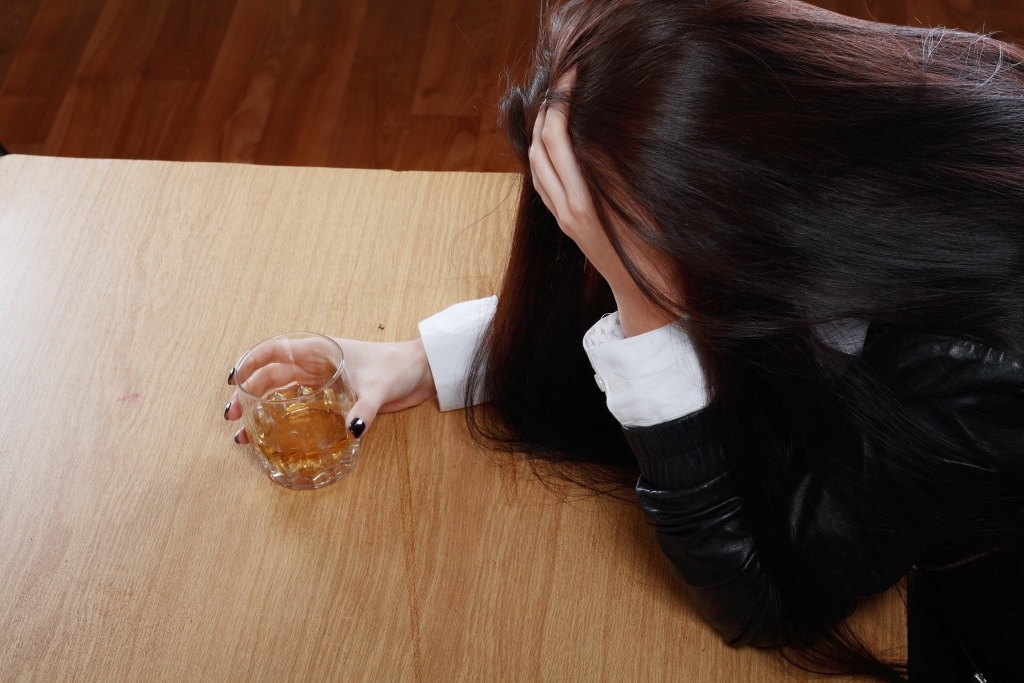Why You Cannot Remember What You Did While You Were Drunk
This ultimately results in your brain function slowing down by impairing the action of GABA. Yet even after memory loss has set in, it’s not necessarily too late to help people hold on to whatever’s left. One neurologist Restak knows had two patients who “weren’t sure where they were or what day it was”, but could still play a decent game of bridge. If someone you love has Alzheimer’s, Restak says, don’t upset them by constantly challenging mistakes or memory lapses; instead, meet them where they are now. These may be strictly fantasies but we already have the technology, Restak suggests, to inhibit people from laying down memories that might in future haunt them. Memory does vary, he points out, and some people will always have been scatty.
- If you have found blackouts confusing and frightening and that they are having a detrimental effect on your self-esteem, confidence, and relationships, then you are not alone.
- If you’re worried about memory loss, make an appointment with your health care provider.
- People who are drunk or blacked out are more likely to try illicit drugs than they would be sober.
- Researchers believe a person may be unable to access the memory unless a reminder triggers it.
- If someone you love has Alzheimer’s, Restak says, don’t upset them by constantly challenging mistakes or memory lapses; instead, meet them where they are now.
The long-term effects of a blackout are unknown, but they may cause the brain to be more susceptible to memory losses in the future. Drinking can make us feel excited, spontaneous and euphoric. But we all know that as blood alcohol content goes up, our judgment and coordination go down. Alcohol also affects a person’s ability to make memories but not in the same way that it affects other https://rehabliving.net/ cognitive functions. If you or a loved one frequently engage in binge drinking or have an addiction to alcohol, talk to your healthcare provider or call the SAMHSA National Helpline. It’s important to note that most researchers and healthcare providers have found that alcohol consumed in moderation — one to two drinks for men and one for women — doesn’t typically affect memory.
In virtually all cases, no matter how severely alcohol-dulled you feel now, a few years of abstinence willalmost completely reverse this cognitive damage. Blackouts can vary in intensity, but even after only a few drinks, your ability to recall relatively simple information can be reduced. They can be as minor as forgetting someone’s name or where you put your keys. They can also be as severe as being unable to recall a large chunk of time or an entire night.
Long-Term Effects of Blacking Out
Additionally, one may consider visiting Substance Abuse and Mental Health Services Administration (SAMHSA) treatment locator to find resources in their area. You’re at risk of developing long-term health issues if you drink so much alcohol that you have blackouts. A large-scale study that followed participants for 27 years found moderate alcohol consumption — defined as one to two drinks a few days a week — didn’t have an increased risk of dementia.
Table of Contents
The increased concentration directly affects the brain’s hippocampus and slows down the regular nerve activity and communication by multiple folds. It is the level of BAC in the body that affects the part of the brain responsible for laying down memory. This part, the hippocampus, can’t do its memory-producing job when alcohol levels increase beyond 0.16%, which is about twice the legal limit.
Difficulty In Remembering What Happened When You Were Drunk? Here Comes The Solution
The good news for the increasingly forgetful, however, is that not only can memory be improved with practice, but that it looks increasingly as if some cases of Alzheimer’s may be preventable too. Blackouts are a sign that an individual is drinking to dangerous levels. Blackout is not the only symptom of high blood alcohol content, and irrationality, mood changes, and heightened emotions, all often accompanied by aggression esgic dosage all indicate a serious problem with alcohol. These mistakes can include recalling whether they had completed a task, such as locking the car or switching off the stove or forgetting where they put things. If you’re unable to control how much you drink, avoid drinking altogether. If you have experienced a blackout before, you’re likely at a higher risk for blacking out in the future and should exercise caution.
Is There Any Effect Of Drinking On Memory? The Mind-Alcohol Connection
As long as she believed she wasn’t interesting enough or cool enough unless she drank, the more the act of drinking stifled any opportunity to find others who would accept her for herself. According to Atkinson, previous studies have shown that high levels of alcohol consumption can interfere with this process. To conduct their study, the researchers collected data from 68 people ages 28 to 70 with alcohol use disorder. If you’re having difficulty recalling an event from the night before, there isn’t much you can do to remember it. Sometimes, a smell, saying, or image may flash back in your mind, but you can’t force a memory to return. These situations can range from small, such as where a person put their keys, to large, such as forgetting what happened in night.
Alcohol tends to affect short-term or prospective memory more often. Prospective memory is day-to-day brain function, specifically, remembering to complete daily activities. Still, several studies link heavy alcohol use to learning and memory problems. It’s unclear whether blacking out causes serious long-term damage, but heavy alcohol use and risky behaviors while blacked out can have serious long-term health effects. People who are experiencing being blackout drunk often feel similar symptoms to being drunk.
Memory is divided is into retrospective (long-term) and prospective or working (short-term) memory. Retrospective memory is remembering all events and episodes that have happened in our lifetime. That said, there are four general stages of recovery, as compiled by addiction expert Steven M. Melemis, MD. These stages can help prevent relapse and support people to live healthier, fuller lives. According to the National Institute on Alcohol Abuse and Alcoholism (NIAAA), recovery is a process that involves remission from AUD and quitting heavy drinking for good.



